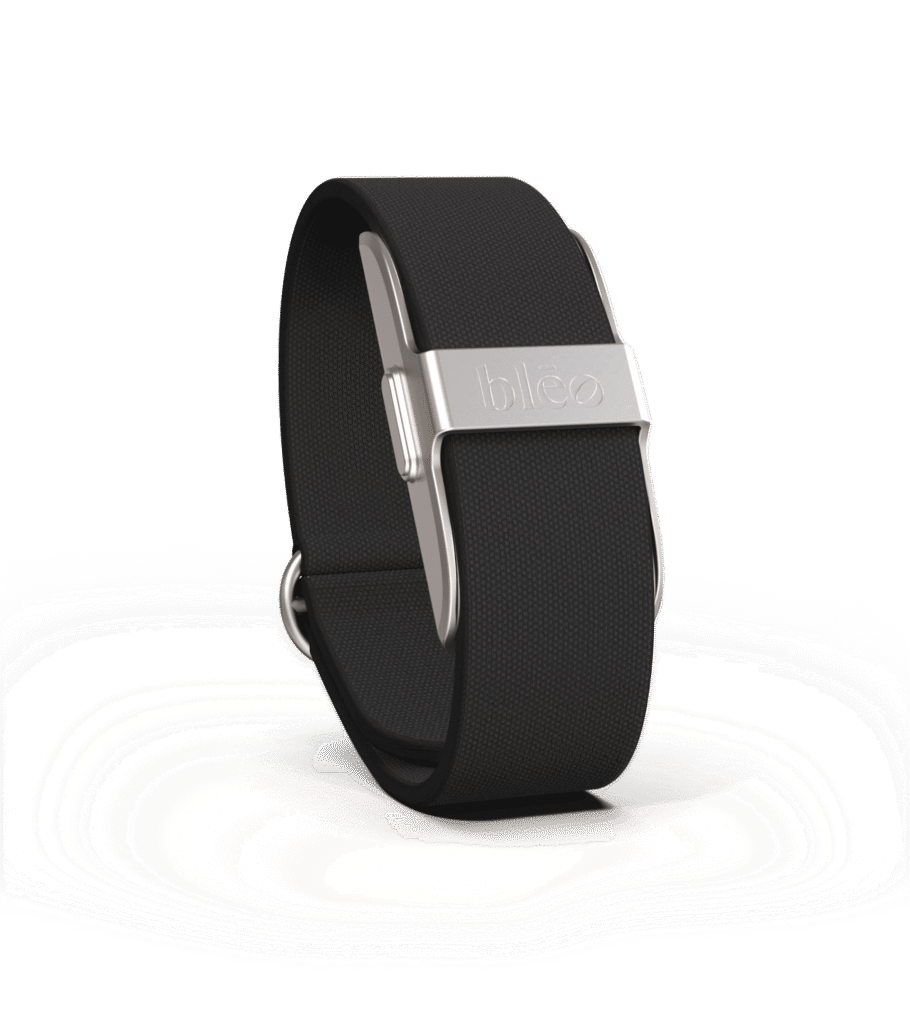
In recent years, the Whoop band has gained widespread popularity among athletes, biohackers, and health-conscious individuals. Known for its subscription model and in-depth recovery metrics, Whoop stands out for its focus on strain, recovery, and sleep rather than traditional fitness tracking. However, it’s not the only option on the market. Whether you’re looking for better value, different features, or a non-subscription model, there are several high-quality Whoop band alternatives that offer impressive insights into your health and longevity.
This article explores the best alternatives to Whoop, focusing on fitness wearables for longevity, and how these devices can help you track, improve, and extend your healthspan.
What Is the Whoop Band and Why Do People Use It?
Before diving into alternatives, it’s important to understand what the Whoop band offers. Whoop is a screenless, subscription-based fitness tracker that provides continuous heart rate monitoring, HRV (heart rate variability), sleep tracking, strain scores (exertion levels), and recovery scores based on biometric data.
Key benefits of Whoop:
- Advanced sleep and recovery tracking
- Strain coaching to avoid overtraining
- Personalized insights based on baseline metrics
- 24/7 wearability with minimal design
However, Whoop has some drawbacks:
- Monthly subscription cost
- No on-screen display (requires a phone app)
- Limited tracking for casual fitness users
- Can be expensive over time
These cons lead many users to explore Whoop band alternatives that offer similar or even better features for a different price point or functionality.
Best Whoop Band Alternatives in 2025
There are a number of wearable fitness trackers that compete directly or indirectly with Whoop. Here are some of the top alternatives based on features, design, and suitability for long-term health tracking.
Oura Ring: The Minimalist’s Choice
One of the most popular alternatives to Whoop is the Oura Ring. Unlike wrist-worn trackers, Oura is a ring that tracks key metrics such as HRV, resting heart rate, respiratory rate, temperature, sleep cycles, and activity.
Why Oura Is a Strong Alternative:
- Focus on sleep and recovery: Oura provides detailed insights into your sleep stages, sleep score, and recovery index, similar to Whoop.
- Discrete form factor: It looks like a regular ring, perfect for people who don’t want to wear a band 24/7.
- Long battery life: Up to 7 days of use on a single charge.
- No constant subscription required: Subscription is optional after the first six months.
Considerations:
- Less focus on active training data like Whoop.
- Not ideal for those who want real-time fitness metrics during workouts.
Garmin Wearables: Data-Driven Fitness
Garmin is well-known for its durable, data-rich smartwatches, ideal for endurance athletes and fitness enthusiasts who want more control and real-time data.
Why Garmin Is a Powerful Alternative:
- Advanced metrics: Tracks VO2 max, training load, stress, HRV, sleep, respiration, and more.
- On-watch display: Provides real-time data without needing to sync to an app constantly.
- Long battery life: Especially in models like the Garmin Fenix or Forerunner series.
- No monthly subscription: One-time purchase with all features included.
Considerations:
- Bulky for 24/7 wear (depending on the model).
- More complex interface compared to simpler trackers.
Garmin is perfect for those who want a data-heavy, performance-based wearable that still provides long-term health and longevity metrics.
Apple Watch with Third-Party Apps
For iPhone users, the Apple Watch can be a surprisingly strong Whoop alternative when paired with health-focused apps like AutoSleep, HeartWatch, or Athlytic.
Why Apple Watch Stands Out:
- Versatility: Offers workout tracking, heart rate monitoring, ECG, blood oxygen levels, and more.
- App ecosystem: Third-party apps can replicate Whoop-like insights on sleep, HRV, and recovery.
- Always-on screen and smart features: Notifications, music, calls, and more in one device.
Considerations:
- Battery life is only 1–2 days.
- Requires iPhone to unlock full functionality.
- Third-party apps may require separate subscriptions.
For users already in the Apple ecosystem, this is a flexible and high-tech option for both performance tracking and fitness wearables for longevity.
Polar Ignite and Vantage Series: Precision and Recovery
Polar is a trusted brand in the sports science world. Their Ignite and Vantage series watches are specifically designed for tracking performance and recovery.
Key Features:
- Nightly Recharge and Sleep Plus Stages: Deep sleep and recovery tracking comparable to Whoop.
- Training Load Pro: Prevents overtraining by analyzing cardiovascular and muscular load.
- Integrated GPS and sport modes: Useful for outdoor and endurance athletes.
Pros:
- Focused on recovery and training balance.
- No subscription fees.
- Good battery life and real-time tracking.
Cons:
- Design may not appeal to everyone.
- The app isn’t as intuitive as some competitors.
If you’re serious about training smart for longevity, Polar offers scientifically-backed tools for doing just that.
Fitness Wearables for Longevity: What Really Matters?
When looking for the best fitness wearables for longevity, it’s not just about steps or calories burned. Longevity-focused wearables must track metrics that reflect your overall health resilience and ability to recover from stress—both physical and mental.
Important Metrics for Health and Longevity:
- Heart Rate Variability (HRV): Higher HRV generally indicates better recovery and autonomic nervous system balance.
- Resting Heart Rate (RHR): A lower RHR often correlates with better cardiovascular fitness.
- Sleep Quality: Sleep is critical for hormone regulation, muscle recovery, and cognitive health.
- Respiratory Rate and Blood Oxygen Levels: These can indicate early signs of illness or poor recovery.
- Stress Tracking: Chronic stress is a major factor in aging and disease.
- Activity and Sedentary Time: Regular movement is essential, but overtraining can also be harmful.
Choosing a wearable that balances these metrics—and offers guidance based on them—is key to improving both healthspan and lifespan.
Final Thoughts: Which Whoop Band Alternative Should You Choose?
Ultimately, the best Whoop band alternative depends on your personal goals, lifestyle, and budget. If you value simplicity and focus on recovery, the Oura Ring is an excellent choice. For athletes and data-lovers, Garmin or Polar offer robust tools to optimize performance and longevity. For those who want a multipurpose device, the Apple Watch offers a comprehensive health and smart experience.
As the wearables market continues to evolve, the trend is shifting toward holistic health—prioritizing not just fitness, but sustainable habits for long-term well-being. With the right wearable, you can gain deeper insights into your body, optimize your routines, and take actionable steps to increase your energy, resilience, and lifespan.
Whether you’re an athlete, biohacker, or someone simply looking to age gracefully, the right fitness tracker can become your personal coach—guiding you toward a healthier, longer life.
